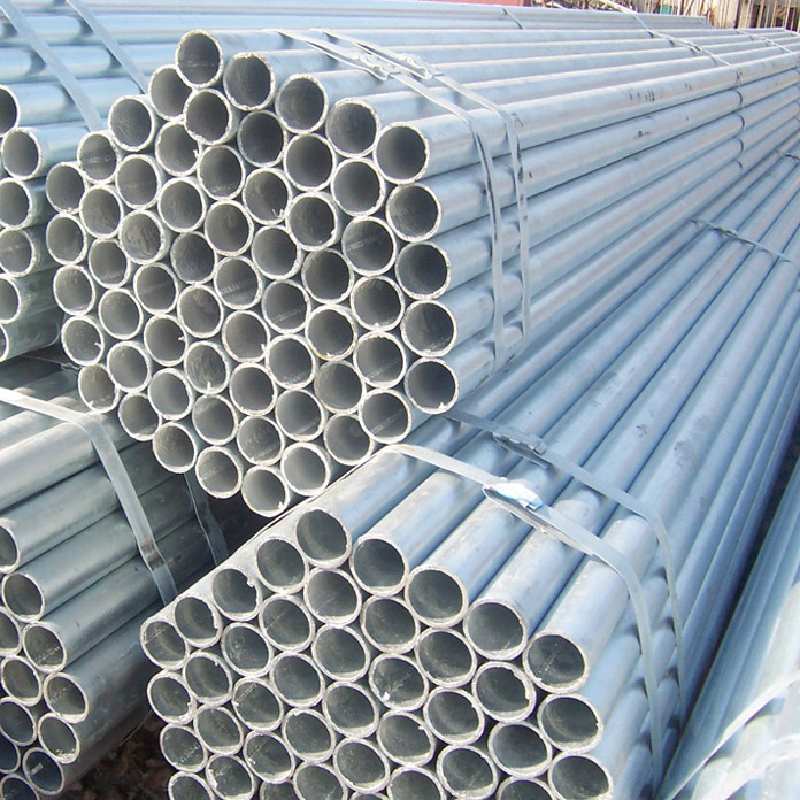-
Cangzhou Yulong Steel Co., Ltd.
-
Phone:
+86 13303177267 -
Email:
admin@ylsteelfittings.com
- English
- Arabic
- Italian
- Spanish
- Portuguese
- German
- kazakh
- Persian
- Greek
- French
- Russian
- Polish
- Thai
- Indonesian
- Vietnamese
- Zulu
- Korean
- Uzbek
- Hindi
- Serbian
- Malay
- Ukrainian
- Gujarati
- Haitian Creole
- hausa
- hawaiian
- Hebrew
- Miao
- Hungarian
- Icelandic
- igbo
- irish
- Japanese
- Javanese
- Kannada
- Khmer
- Rwandese
- Afrikaans
- Albanian
- Amharic
- Armenian
- Azerbaijani
- Basque
- Belarusian
- Bengali
- Bosnian
- Bulgarian
- Catalan
- Cebuano
- China
- China (Taiwan)
- Corsican
- Croatian
- Czech
- Danish
- Esperanto
- Estonian
- Finnish
- Frisian
- Galician
- Georgian
- Kurdish
- Kyrgyz
- Lao
- Latin
- Latvian
- Lithuanian
- Luxembourgish
- Macedonian
- Malgashi
- Malayalam
- Maltese
- Maori
- Marathi
- Mongolian
- Myanmar
- Nepali
- Norwegian
- Norwegian
- Occitan
- Pashto
- Dutch
- Punjabi
- Romanian
- Samoan
- Scottish Gaelic
- Sesotho
- Shona
- Sindhi
- Sinhala
- Slovak
- Slovenian
- Somali
- Sundanese
- Swahili
- Swedish
- Tagalog
- Tajik
- Tamil
- Tatar
- Telugu
- Turkish
- Turkmen
- Urdu
- Uighur
- Welsh
- Bantu
- Yiddish
- Yoruba

Oct . 09, 2024 10:39 Back to list
blind flange 2
Understanding Blind Flanges A Comprehensive Overview
Blind flanges are a crucial component in various piping systems across multiple industries, including oil and gas, water treatment, and chemical processing. They play a vital role in the assembly and maintenance of pipe networks by serving as sealing caps for the ends of pipes. In this article, we will explore what blind flanges are, their applications, benefits, and important considerations when choosing the right type for your project.
What is a Blind Flange?
A blind flange is a type of flange that is used to close off the end of a piping system. Unlike other flanges that connect pipes or fittings together, a blind flange does not have a central opening. As a result, it provides a secure seal and prevents any leakage or spillage from the closed end of the pipeline. Blind flanges come in various sizes, materials, and pressure ratings to suit different applications and operating conditions.
Applications of Blind Flanges
Blind flanges are utilized in a wide range of applications
. Here are some common uses1. Pipeline Termination Blind flanges are often used to terminate the ends of piping systems, ensuring that no fluids escape into the environment.
2. Testing and Maintenance During maintenance operations, blind flanges can be used to isolate sections of a piping system for testing, repairs, or cleaning, allowing for safe and controlled access.
3. Expansion Joints In systems that experience thermal expansion, blind flanges can be employed to accommodate movement while maintaining a sealed environment.
4. Pressure and Vacuum Management In industries where pressure and vacuum are critical, blind flanges help manage the flow and prevent pressure loss or gain.
Advantages of Using Blind Flanges
The use of blind flanges offers several advantages, including
blind flange 2

1. Leak Prevention One of the primary functions of a blind flange is to prevent leaks. By providing a solid seal, these flanges ensure that no material escapes from the pipeline, which is especially important in hazardous environments.
2. Versatility Blind flanges can be used in various industries and applications, demonstrating versatility across different types of piping systems.
3. Ease of Installation and Removal Blind flanges can be easily installed and removed, making maintenance more straightforward. This is particularly beneficial in systems that require frequent access for repairs or inspections.
4. Cost-Effectiveness By using blind flanges, companies can reduce leaks, which in turn minimizes waste and associated costs. This can result in long-term savings, especially in large-scale operations.
Choosing the Right Blind Flange
When selecting a blind flange for a specific application, several factors should be considered
1. Material Common materials for blind flanges include carbon steel, stainless steel, and various alloys. The material should be compatible with the fluid being contained, as well as the environmental conditions.
2. Size and Pressure Rating It is crucial to choose a blind flange that matches the size and pressure rating of the existing piping system. This ensures proper fit and performance.
3. Standards and Certifications Depending on the industry, certain standards may apply, such as ASME, ANSI, or API. Ensuring that the chosen blind flange meets these standards is critical for compliance and safety.
4. Installation Environment The conditions in which the flange will be installed, including temperature and exposure to chemicals, should dictate the material and design of the blind flange.
Conclusion
Blind flanges are an essential part of piping systems, playing a critical role in ensuring safe and efficient operation. Their ability to prevent leaks, isolate sections of a system for maintenance, and accommodate thermal expansion makes them invaluable in various industries. By understanding the characteristics, applications, and selection criteria for blind flanges, engineers and project managers can make informed decisions that enhance their operations, ensuring safety and efficiency. Whether you’re designing a new system or maintaining an existing one, blind flanges can be a reliable solution for your piping needs.
Latest news
-
ANSI 150P SS304 SO FLANGE
NewsFeb.14,2025
-
ASTM A333GR6 STEEL PIPE
NewsJan.20,2025
-
ANSI B16.5 WELDING NECK FLANGE
NewsJan.15,2026
-
ANSI B16.5 SLIP-ON FLANGE
NewsApr.19,2024
-
SABS 1123 FLANGE
NewsJan.15,2025
-
DIN86044 PLATE FLANGE
NewsApr.19,2024
-
DIN2527 BLIND FLANGE
NewsApr.12,2024
-
JIS B2311 Butt-Welding Fittings LR/SR 45°/90° /180°Seamless/Weld
NewsApr.23,2024











